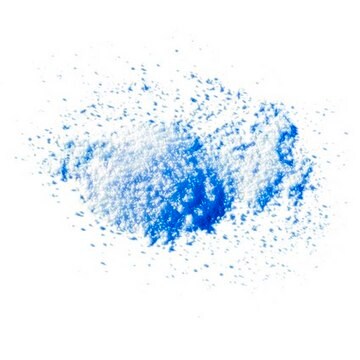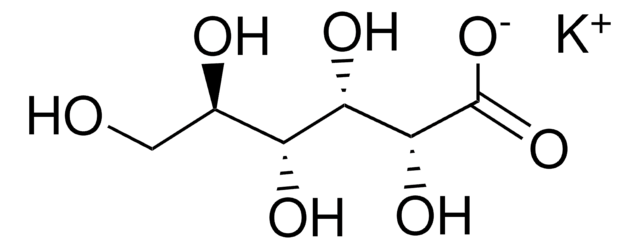PHR1327
Chlorure d′ammonium
Pharmaceutical Secondary Standard; Certified Reference Material
Synonyme(s) :
Salmiac
About This Item
Produits recommandés
Qualité
certified reference material
pharmaceutical secondary standard
Niveau de qualité
Agence
traceable to USP 1029953
Densité de vapeur
1.9 (vs air)
Pression de vapeur
1 mmHg ( 160.4 °C)
Famille d'API
ammonium chloride
CofA (certificat d'analyse)
current certificate can be downloaded
Technique(s)
HPLC: suitable
gas chromatography (GC): suitable
Pf
340 °C (subl.) (lit.)
Application(s)
cleaning products
cosmetics
food and beverages
personal care
pharmaceutical (small molecule)
Format
neat
Température de stockage
2-30°C
Chaîne SMILES
N.Cl
InChI
1S/ClH.H3N/h1H;1H3
Clé InChI
NLXLAEXVIDQMFP-UHFFFAOYSA-N
Vous recherchez des produits similaires ? Visite Guide de comparaison des produits
Description générale
Application
Remarque sur l'analyse
Autres remarques
Note de bas de page
Produit(s) apparenté(s)
Mention d'avertissement
Warning
Mentions de danger
Conseils de prudence
Classification des risques
Acute Tox. 4 Oral - Eye Irrit. 2
Code de la classe de stockage
13 - Non Combustible Solids
Classe de danger pour l'eau (WGK)
WGK 1
Point d'éclair (°F)
Not applicable
Point d'éclair (°C)
Not applicable
Faites votre choix parmi les versions les plus récentes :
Déjà en possession de ce produit ?
Retrouvez la documentation relative aux produits que vous avez récemment achetés dans la Bibliothèque de documents.
Les clients ont également consulté
Notre équipe de scientifiques dispose d'une expérience dans tous les secteurs de la recherche, notamment en sciences de la vie, science des matériaux, synthèse chimique, chromatographie, analyse et dans de nombreux autres domaines..
Contacter notre Service technique







